
Something strange is going on in the US economy. While the buzz over a possible recession continues, something more insidious and subtle is brewing under the surface.
It’s not a sudden crash and panic in the markets. It’s steadier. Stickier. And much tougher to reverse. Leading economists caution that this threat could be longer-lived and hit consumers harder than a typical downturn.
What is it? And how will it impact your work, savings, and everyday spending? The complete picture is only now starting to take shape.
The Warning Comes From a Trusted Source
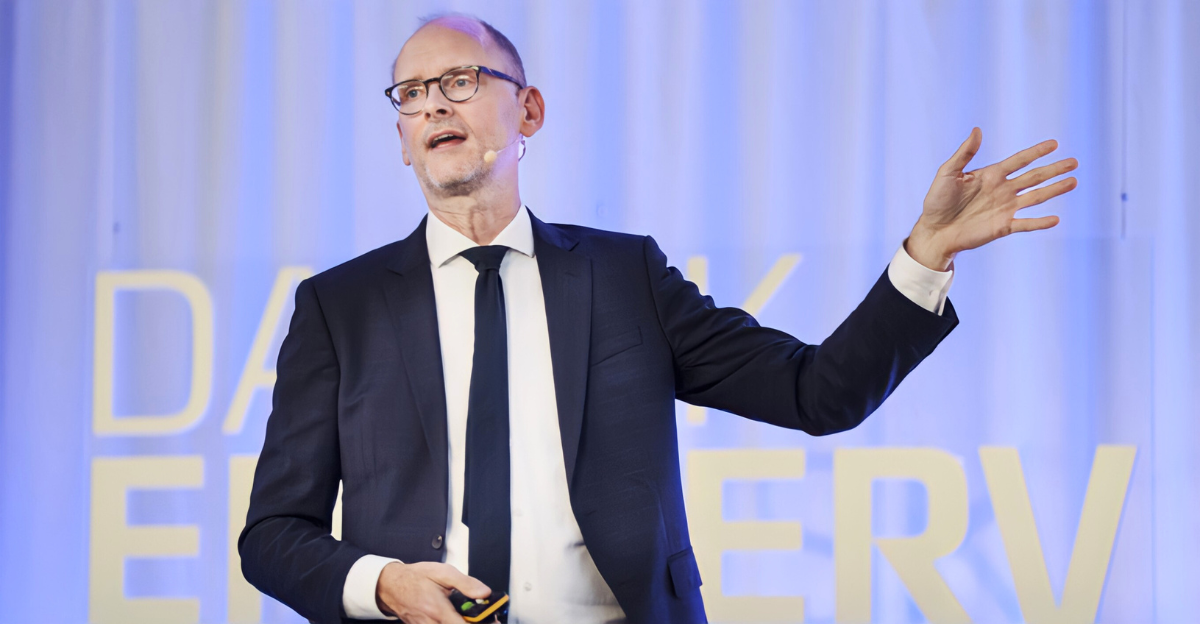
Torsten Sløk, chief economist at Apollo Global Management, is sounding the warning bell. In a recent white paper, he says the US is at a “critical inflection point.”
It’s not just his view—Sløk makes the case with up-to-date figures for GDP, inflation, and jobs. His company oversees assets totaling over $600 billion, and investors and policy experts zealously monitor his words.
The Problem Has a Name – Stagflation

The word “stagflation” won’t often appear on headlines, but it’s generating a buzz fast. Stagflation is a term that describes a combination of dwindling economic growth and stubborn inflation.
It’s a bizarre and problematic mix. Prices are high, but the economy is growing too slowly to afford to make wage increases or hire. Worst of all, policy instruments do not work well in this scenario.
The Fed Can’t Act So Easily
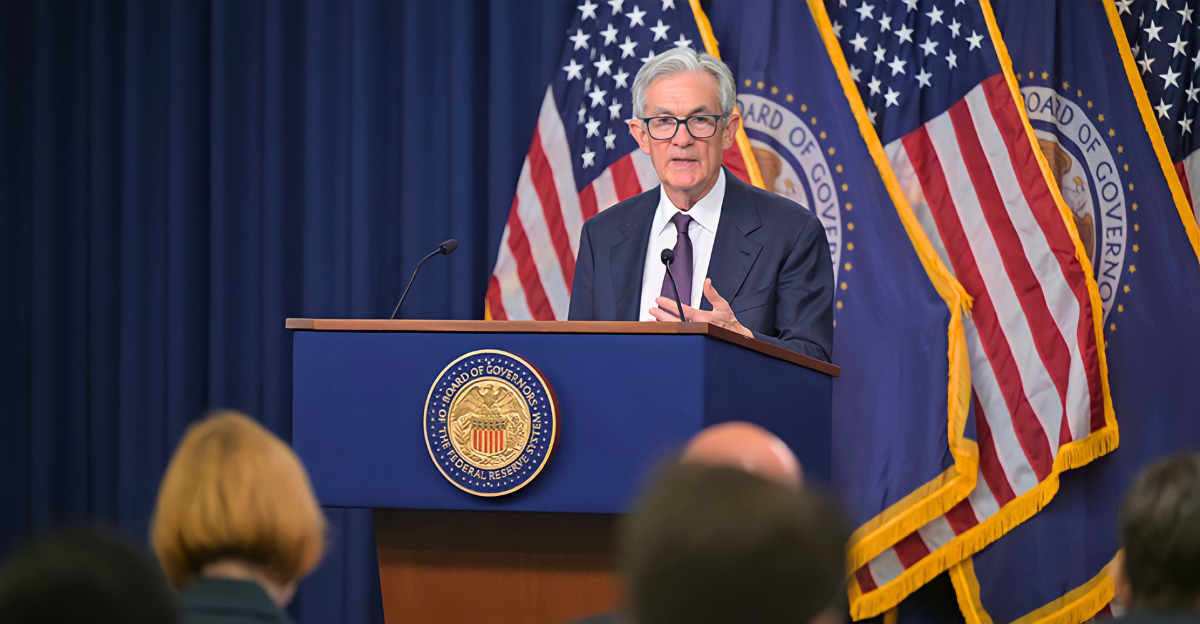
Under normal circumstances, if the economy decelerates, the Federal Reserve lowers interest rates to stimulate demand. But with inflation still elevated, the Fed finds itself in a bind.
Lowering rates could exacerbate inflation. Keeping higher rates, though, could slow growth even further. It’s a difficult place for policymakers—and maddening for buyers already being pinched by rising living costs.
It Didn’t Start Overnight – Tariffs Were a Part
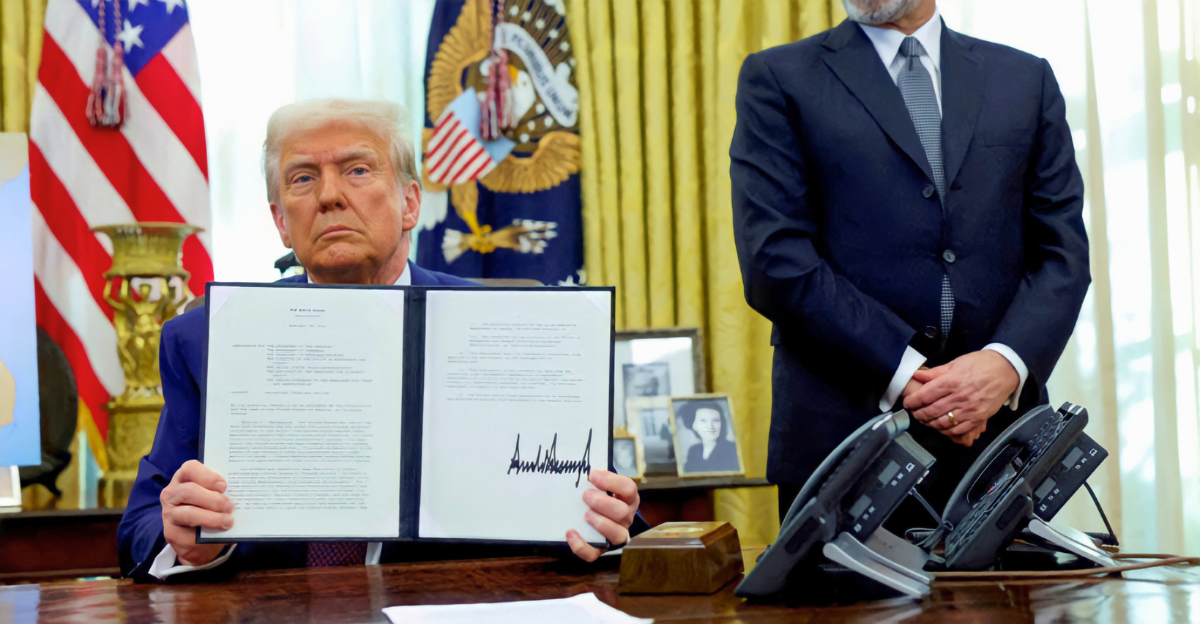
Some of this stagflationary trend is the result of tariffs put in place recently by Donald Trump, Sløk says. The rise in tariffs, resumed in 2024, has raised prices and hampered trade.
Tariffs make imports more costly, which can trickle down to companies and consumers, too, even before production declines.
GDP Is Poised to Fall Drastically
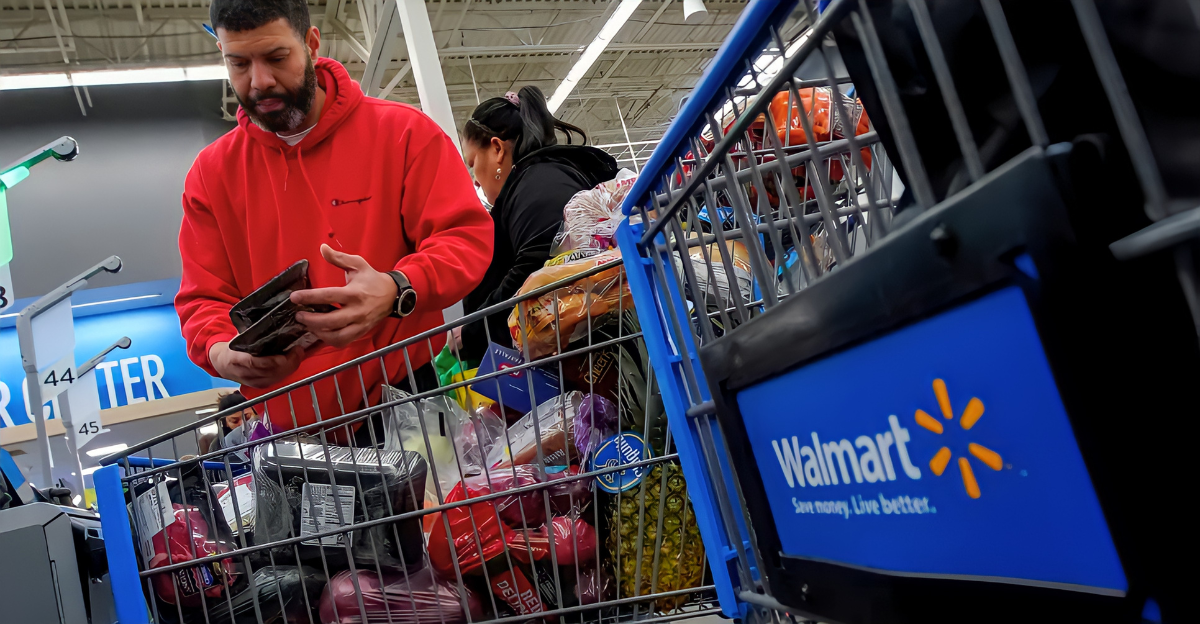
The economy is already in slowdown mode. Having risen at 3.1% in the latter half of 2024, the American economy fell by 0.3% in the first quarter of 2025.
Apollo foresees GDP growth dropping to around 1.2% in 2025—less than half its previous rate. The slowdown will manifest through hiring freezes, weaker company profits, and reduced consumer spending.
Inflation Isn’t Leaving
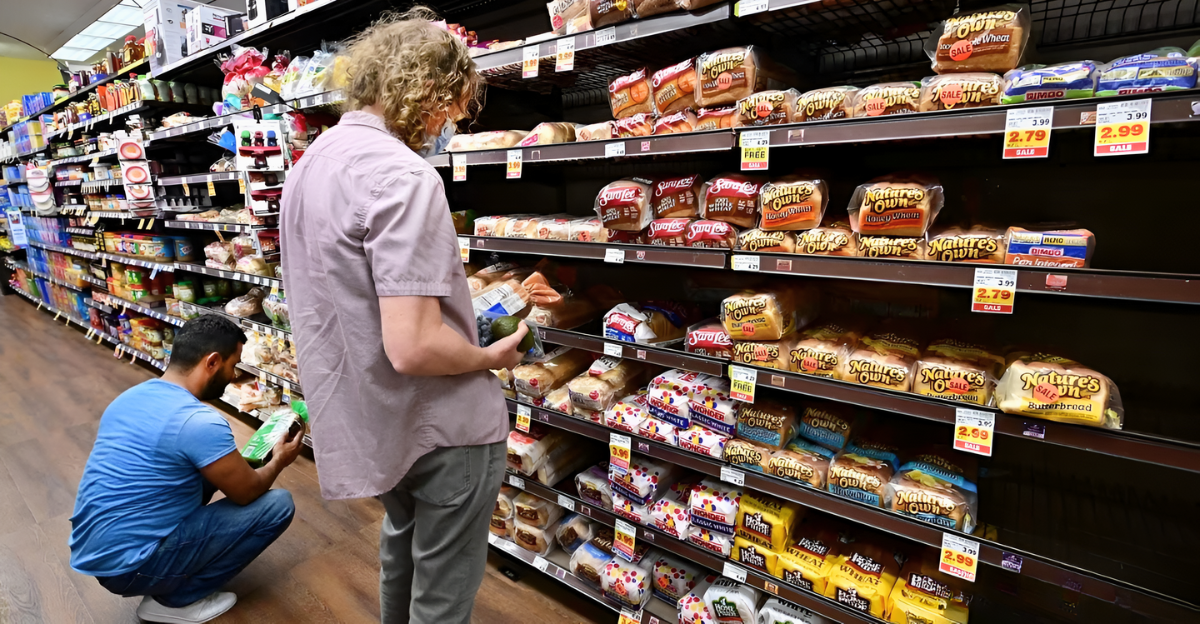
As GDP declines, however, inflation will likely also be high. Apollo foresees inflation at 3% through 2025. That is above the Federal Reserve’s target of 2% and higher than its earlier projections of 2.4%. For consumers, it means continued pressure at the supermarket, the gas pump, and housing.
Job Losses Are Expected to Creep Up

Currently at 4.2%, unemployment should shift to 4.4% towards the latter half of 2025. In 2026, it might reach 5% or higher. Although still low in relation to history, the trend is worrisome.
During the previous stagflation phases in the 1970s and 1980s, unemployment reached a high of 10.8%. Customers would have felt unsafe in their jobs, particularly in trade-related and logistics.
Recession Still Lurks as a Real Possibility

Sløk warns that a recession could hit the economy this summer. Previously, Apollo predicted a recession would occur in 2025 at 0%.
Now, they predict it will occur at 25%. Why? Tariffs could choke imports into ports, disrupting supply chains and causing sales to fall, leading to a broader contraction in business activity.
A Trade Reset Could Be the Trigger
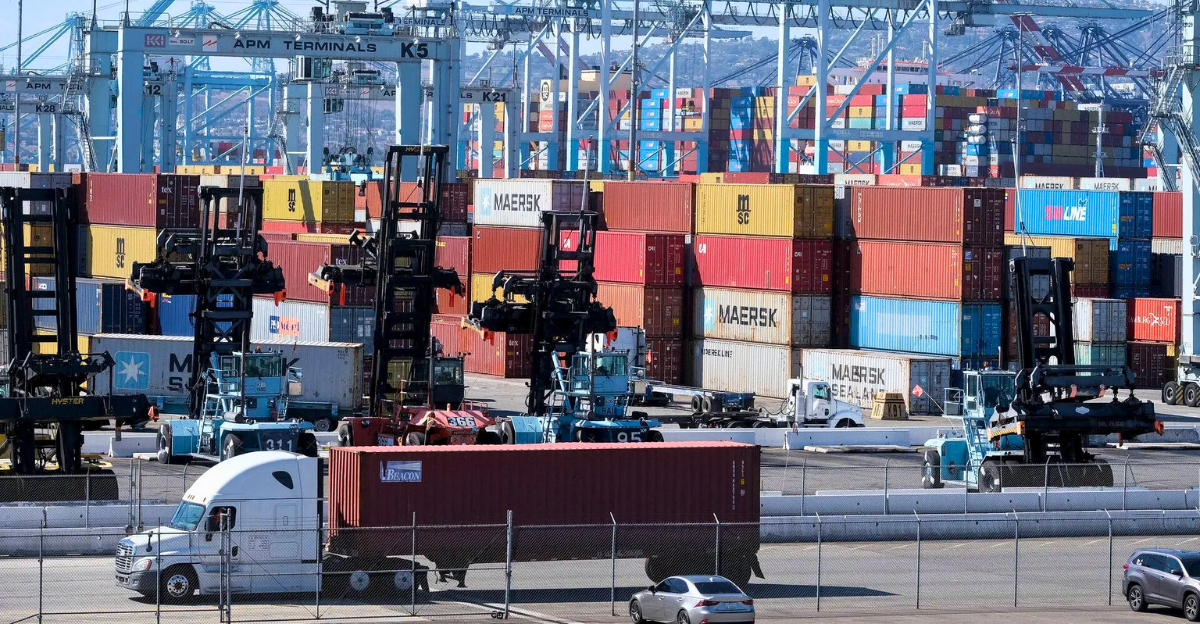
Apollo calls this potential recession a “voluntary trade reset recession.” The idea is that by rebalancing trade policy, the US could unintentionally slow its own economy.
As tariffs rise, importing falls, trucking decelerates, and inventories shrink. That will equate to jobs lost in trade-sensitive sectors and higher costs for consumers in the near future.
What It Means to the Average Consumer
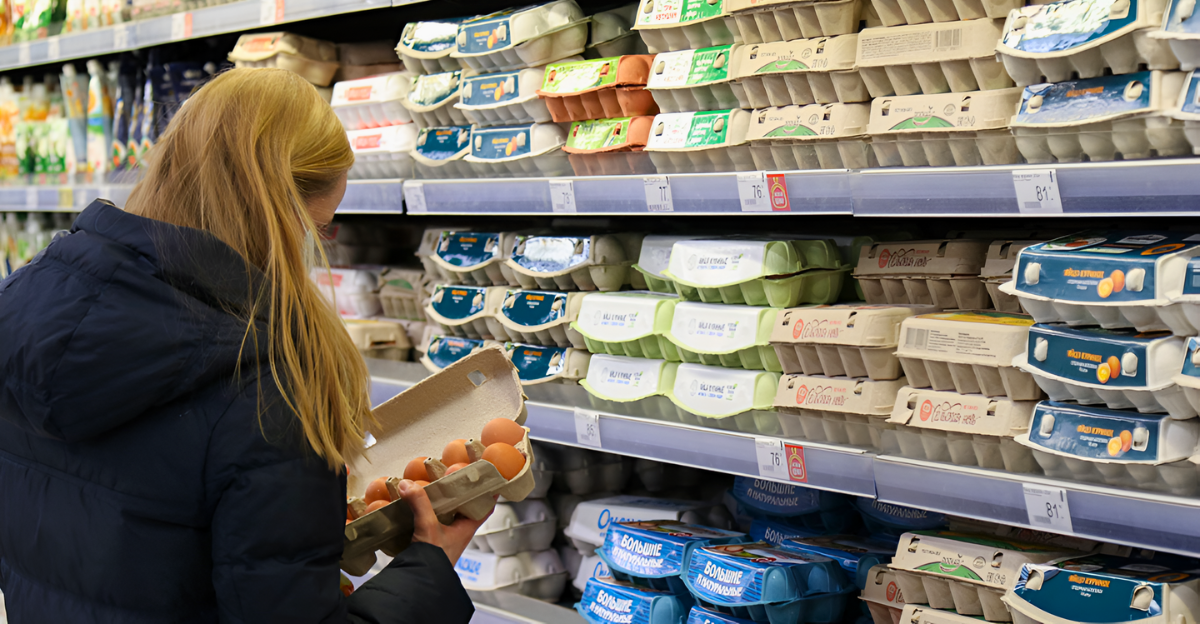
For most, the first impact can be experienced as familiar: pricier basics, small wage gains, and less job security. Stagflation is different from an abrupt recession, which is immediate.
You may not lose your job, but your buying power can gradually disappear. Saving becomes more difficult. Investing becomes more risky. And debt is more costly to carry.
How Wall Street Is Responding

Wall Street is revising its estimates. Many firms have reduced their GDP estimates and increased inflation projections. But most still believe that the US will narrowly escape an outright recession, at least in the near term.
That optimism is being tested as hard numbers in the real world start to show the pressure Sløk has warned about for months.
Why This Situation Is So Hard to Solve
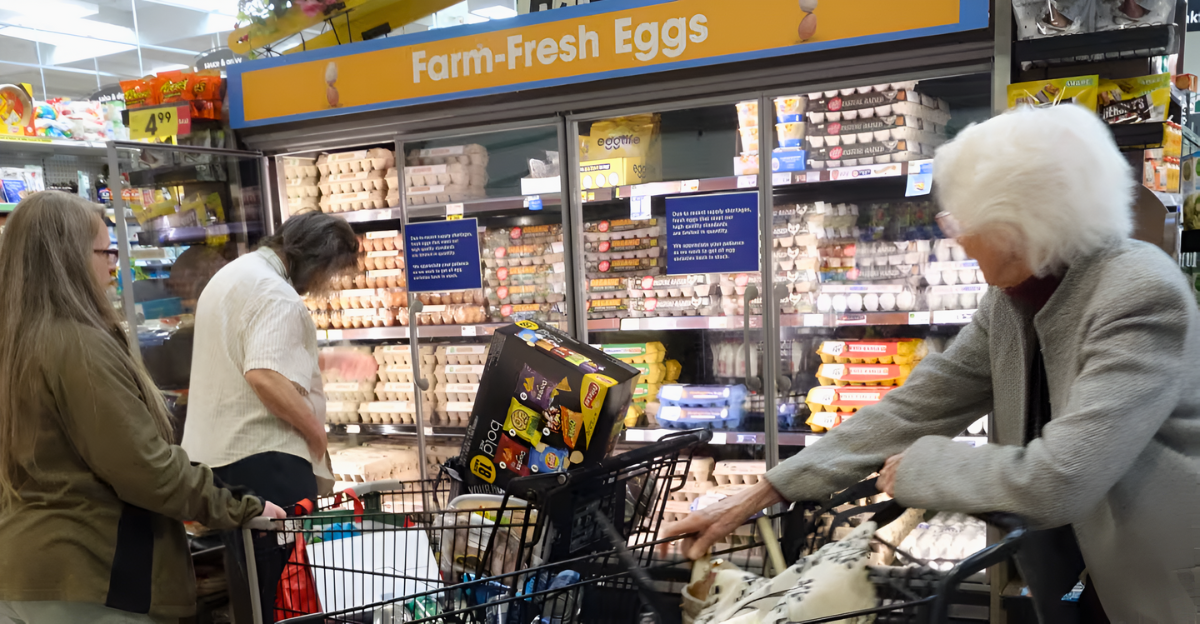
The most significant problem with stagflation is that solving one issue could amplify another. Reducing interest rates spurs growth but continues to threaten inflation.
Raising rates tames inflation but delays growth and hiring. Policymakers must rethink the levers used or let the situation play out for longer.
What You Can Do to Prepare

While nobody can control macroeconomic policy, people still need to protect themselves. Limit unnecessary debt.
Build a cash reserve if possible. Consider readjusting investment strategies to counter inflation. Above all, stay informed.
This tempest may be glacial in its onset, but foresight will be the game changer. The financial climate is changing—and it’s time to adapt.
